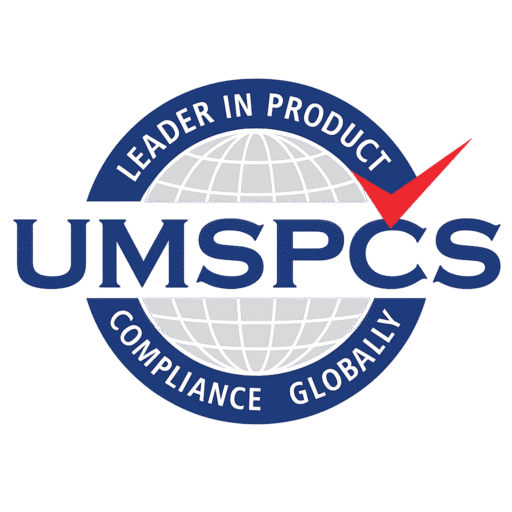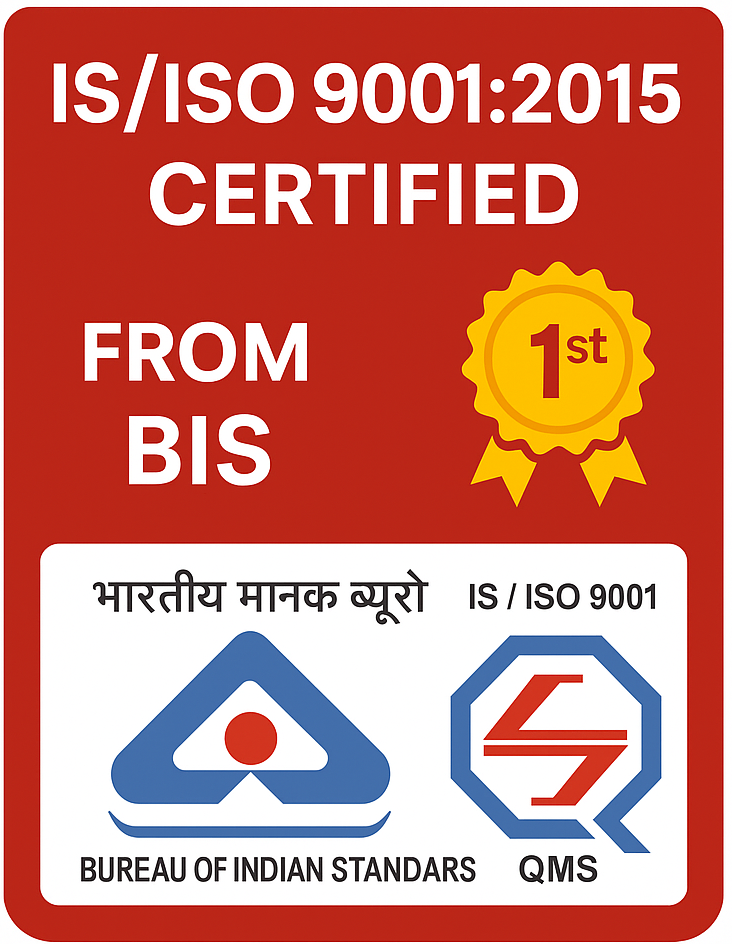
ROHS CERTIFICATION (RESTRICTION OF HAZARDOUS SUBSTANCE)
RoHS Certification Overview
Are you interested in obtaining the certification of RoHS or Restriction of Hazardous Substances (RoHS)?
If you are a producer wishing to market your products in numerous nations and cities around the world, you must obtain RoHS certification. To acquire RoHS certification, you must comply with the RoHS requirements in all areas where you intend to sell your product. With RoHS, you will be able to function smoothly anywhere in the world. However, obtaining RoHS certification may be difficult, as many organizations and manufacturers encounter various difficulties in obtaining certification.
That is why it is advised to seek the assistance of specialists. UMSPCS has assisted numerous companies and manufacturers in obtaining RoHS certification without difficulty. Our professionals work hard to reduce the financial and administrative constraints associated with ROHS compliance. Even though there are numerous articles describing how to meet the standards of the RoHS Directive, many businesses and manufacturers struggle to obtain RoHS certification. Let’s start with the fundamentals before diving into the RoHS certification process.
What Exactly Is RoHS Certification?
The Restriction of Hazardous Substances (RoHS) directive was enacted to prohibit corporations and manufacturers from using certain hazardous compounds in electrical and electronic products or equipment.
The European Union adopted RoHS in 2003, and the directive officially came into effect in 2006. The RoHS regulation bans the use of six hazardous substances, including:
- Hexavalent Chromium
- Cadmium
- Polybrominated Biphenyls (PBB)
- Mercury
- Polybrominated Diphenyl Ethers (PBDE)
- Lead
RoHS is closely related to the WEEE (Waste Electrical and Electronic Equipment Directive) 2022/96/EC, which focuses on the collection, recovery, and recycling of electronic waste. It’s part of a broader legislative initiative to address the growing concern of toxic e-waste and ensure environmental sustainability.
Manufacturers and organizations must comply with these regulations to obtain RoHS Certification. Products containing these banned substances cannot be sold in RoHS-regulated markets.
The Advantages of RoHS Certification
Some of the advantages of RoHS (limitation of hazardous substances (RoHS) certification) include:
- Assists you in improving the product’s efficiency and dependability.
- Solid process control decreases the number of product defects.
- Reduces landfill leaching because all WEEE items contain low hazardous material.
- Because every lead-free solder is made of gold and silver, it increases the chances of recycling.
- Allows you to improve communication throughout the supply chain.
- Assists you in increasing market and brand value in the international market.
- Allows you to provide more secure and dependable electrical and electronic products.
- Gain a competitive advantage over your competitors.
- Build solid relationships with the client and the organization.
Why should you work with UMSPCS for RoHS Certification?
UMSPCS is a major and well-known RoHS certification service, assisting organizations from many industries in meeting RoHS laws. Our experts will assist you in obtaining a test report for the material so that you can easily obtain RoHS certification. Not only that, but we will assist you with other issues such as guaranteeing RoHS compliance in your manufacture, housing, and distribution.
In addition, we will assist you in identifying the presence of various chemical compounds and component proportions in all of your electric and electrical products. In addition to RoHS factory inspection/audit, UMSPCS can provide you with technical inspection/screening. As previously said, you may discover a lot of articles on how to obtain RoHS certification. However, if you want to achieve RoHS Certification swiftly and easily, you should always seek the assistance of a third-party firm.
The RoHS Certification Includes the Following Limitations:
- Polybrominated Diphenyl Ethers (PBDE)
- Polybrominated Biphenyls (PBB)
- Hexavalent Chrome (CrVI)
- Cadmium (Cd)
- Mercury (Hg)
- Lead (Pb)
Products Exempt from RoHS Certification:
- Military and national defense items
- Products with no principal purpose that requires the usage of electricity
- Products whose principal energy source is not electricity
- Component or subassembly of an exempt product category
- Micro, small, and medium enterprises as per the MSMED Act, 2006
- Batteries
- Waste that emits radon
RoHS Certification Process
Examine the documentation: Determine and confirm the present status of the documents and the scope of the necessary tests. Bills are reviewed, material declarations for each good and component are created, and assembly drawings, conformance certificates, test results, and a compliance file are uploaded to the company’s network, and a compliance file is created.
Verification: The initial step in the RoHS certification procedure is testing. On-site or laboratory phthalate solvent extraction testing, as well as XRF testing, are utilized to establish whether or not the 10 RoHS-prohibited chemicals are present in quantities below the RoHS threshold.
End Product Analysis: Following testing, all relevant manufacturing processes are reviewed on-site for RoHS compliance. The auditing procedure includes a comparison of the products to the monitoring of illicit compounds, as well as a complete factory inspection that includes quality control. Some auditing firms undertake yearly follow-ups, which may include sampling to ensure compliance.
Licensing: Following a successful audit, a RoHS certificate, also known as a Certificate of Conformity or Declaration of Conformity, is issued.
Requirements for a Technical File
- Details about the product’s design and structure.
- Material, part, and subassembly risk assessments.
- Materials, components, and subassemblies compliance information.
- Manufacturing process records and documentation.
- Standards, specifications, and compliance processes that are in sync.
Lead Time: Two weeks.
Renewal: RoHS is valid for five years. Re-certification is required if a product undergoes significant changes, such as in design, sourcing, or raw materials.
RoHS Certification – Frequently Asked Questions


